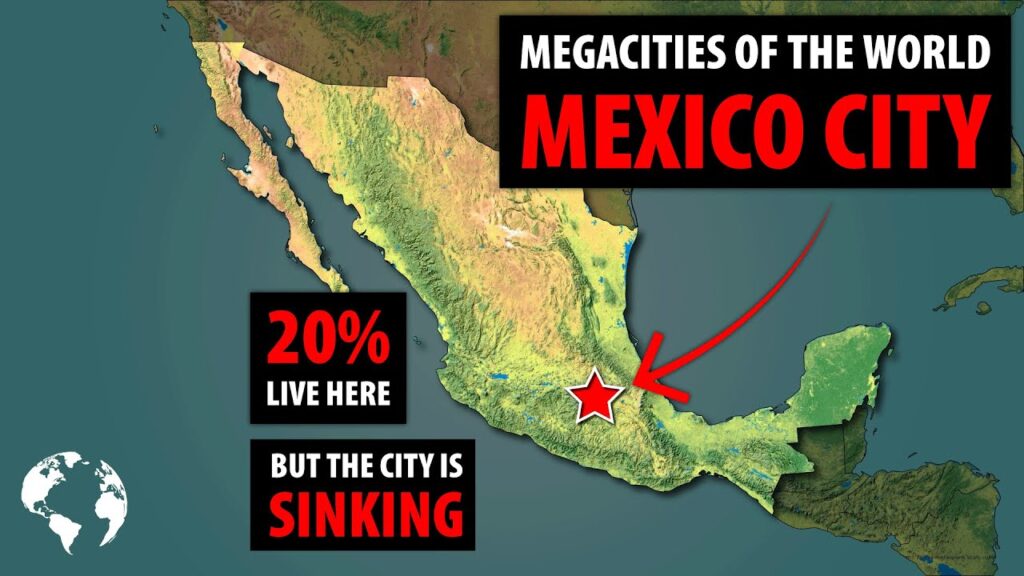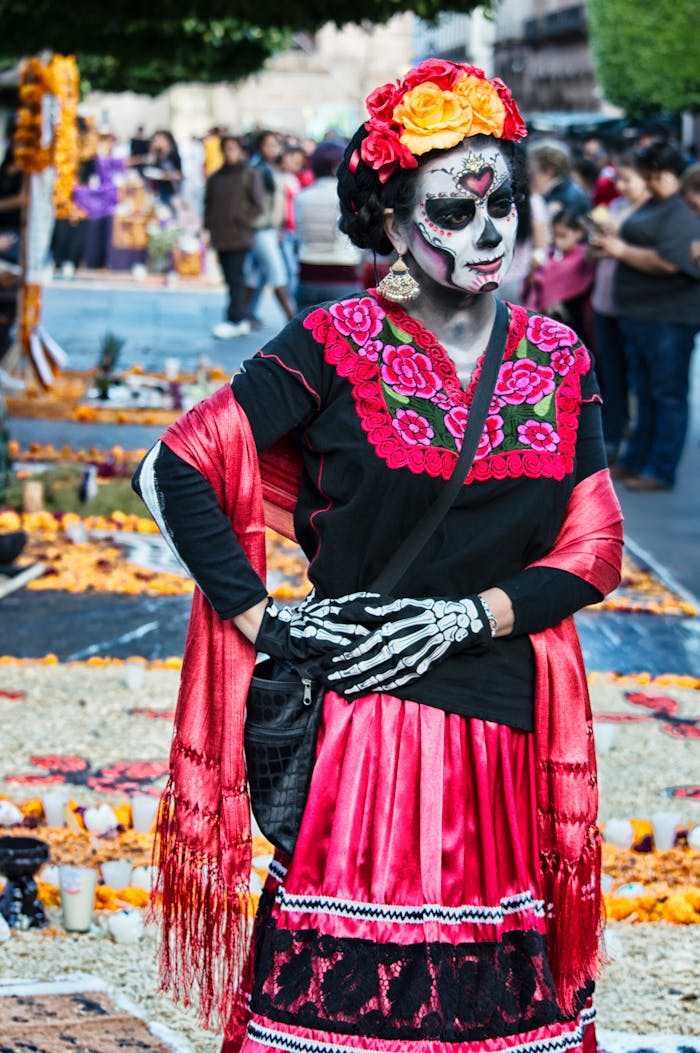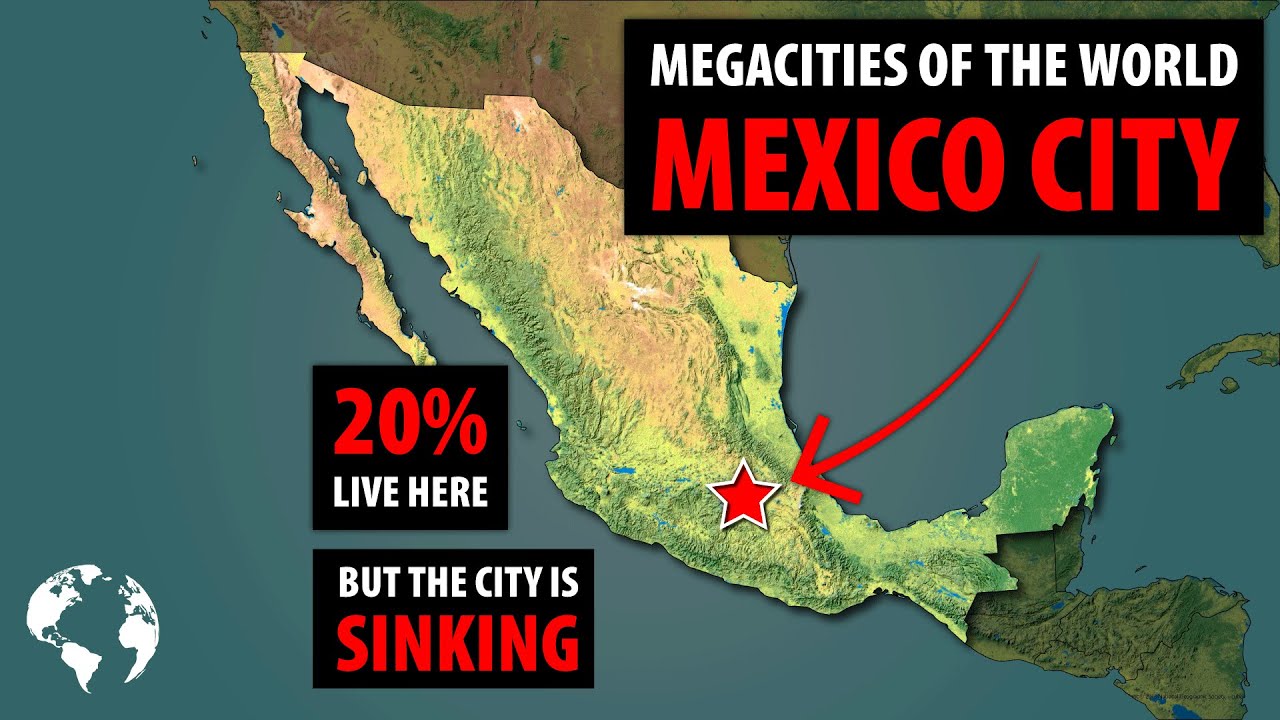Exploring the Heart of Mexico
Venturing into the heart of Mexico offers an unparalleled opportunity to immerse oneself in the rich tapestry of cultures, vibrant landscapes, and historic treasures that pulse through this magnificent country. From the bustling streets of Mexico City, with its intoxicating mix of modernity and antiquity, to the tranquil beauty of rural areas where time seems to stand still, every traveler can find their own adventure.
The heart of Mexico is not just a destination; it’s an experience that encompasses the diverse and intricate mosaic of indigenous and contemporary cultures. Exploring ancient Aztec and Maya ruins, such as those at Teotihuacán or Chichen Itza, offers a glimpse into the past civilizations that have shaped Mexican heritage. Equally, engaging with local communities in smaller villages allows for a deeper understanding of the customs and traditions that continue to influence the rhythm of Mexican life today.
Adventure in Mexico transcends the physical journey to embrace local gastronomy, traditional festivals, and breathtaking natural wonders. Sampling traditional dishes provides not just a taste but a narrative of Mexico’s history and regional diversity. Participating in festivals, be it the Dia de los Muertos or the vibrant Guelaguetza in Oaxaca, facilitates a connection with Mexico’s dynamic spirit. Meanwhile, Mexico’s natural landscapes, from the serene beaches of the Baja Peninsula to the rugged Sierra Madre mountains, offer endless avenues for exploration and reflection. Through these experiences, travelers not only discover the heart of Mexico but also connect with its soul.
Understanding Mexico City’s Population in 2022
In 2022, Mexico City continued to hold its position as one of the most populous cities in the world, reflecting its status as a vibrant and dynamic metropolis. Understanding the demographics of Mexico City is crucial for anyone looking to delve into the cultural and social fabric of this sprawling urban landscape. The city’s population not only provides insight into the daily life and energy of the capital but also highlights the challenges and opportunities it faces.
Mexico City’s population in 2022 was estimated to be over 21 million inhabitants in the metropolitan area, making it a melting pot of cultures, traditions, and histories. This immense population density brings together a diverse tapestry of people from various backgrounds, including indigenous communities, mestizos, and immigrants from all around the globe. This diversity is reflected in the city’s neighborhoods, cuisines, festivals, and social dynamics, offering an rich and varied cultural experience for both residents and visitors.
One significant aspect of Mexico City’s population is its young demographic, with a considerable portion of the population under the age of 30. This youthful energy fuels the city’s vibrant street culture, from lively markets and bustling food scenes to an ever-evolving art and music landscape. Understanding this demographic is essential for grasping the city’s pace and vibrancy, contributing to its reputation as a city that never sleeps.
The challenges facing Mexico City due to its large population include infrastructure demands, environmental concerns, and social inequalities. The city’s government and various NGOs are continuously working to address these issues, focusing on sustainable urban development, public transport improvements, and social welfare programs. These challenges are essential to consider when exploring the complexities of life in Mexico City, as they shape the experiences of its inhabitants and the overall character of the metropolis.
What Makes Mexico City’s Population Unique?
Mexico City, a sprawling urban landscape, is not just the heart of Mexico; it embodies a vibrant mosaic of cultures, histories, and traditions, all converging in its populous. The uniqueness of Mexico City’s population lies in its incredible diversity, a testament to the rich historical tapestry that Mexico boasts. From indigenous communities preserving their ancestral traditions to the descendants of Spanish conquistadors and immigrants from all over the world, the city is a living, breathing example of cultural fusion.
One of the most distinctive features of Mexico City’s population is its strong sense of community, noticeable in every corner of the city. Despite its vast size and density, neighborhoods in Mexico City manage to maintain a tight-knit atmosphere, where local markets, street vendors, and communal spaces play a central role in daily life. This community spirit is a defining element of the city’s identity, promoting a sense of belonging and togetherness among its inhabitants.
Moreover, Mexico City’s population is renowned for its resilience and adaptability, traits that have been demonstrated time and again through the city’s history. From recovering from natural disasters like earthquakes to navigating the complexities of urban growth and social disparities, the people of Mexico City show an unwavering strength and innovation. This resilience is not just about surviving; it’s about thriving and reinventing the city for the better, making it a hub of creativity, culinary innovation, and cultural renaissance.
Finally, the linguistic diversity of Mexico City is a cornerstone of its unique population. While Spanish is the lingua franca, a multitude of indigenous languages, as well as languages brought by immigrants, echo through the streets. This linguistic tapestry enriches the cultural landscape of Mexico City, making it a place where different worlds coexist and interact. Language is not just a means of communication here; it’s a vehicle for preserving heritage, sharing stories, and building bridges between the myriad of communities that call Mexico City home.
Planning Your Visit to Mexico City
When you’re planning your visit to Mexico City, one of the most vibrant and culturally rich capitals in the world, it’s essential to consider the timing of your trip. The best times to visit are during the spring and fall, particularly from March to May and from September to November. During these months, the weather is pleasantly warm, and the city is less crowded, allowing you to explore its wonder without the discomfort of peak tourist seasons. However, if you’re looking to partake in specific events or festivals, check the city’s cultural calendar in advance to align your visit accordingly.
Accommodation in Mexico City ranges from luxury hotels to budget-friendly hostels, catering to every type of traveler. Booking your stay in neighborhoods such as Polanco, Condesa, or Roma will give you the perfect balance of beautiful surroundings, safety, and proximity to key attractions. These areas are known for their tree-lined streets, historical architecture, and vibrant nightlife. To ensure you get the best deals and availability, it is advisable to book your accommodations well in advance, especially if you’re visiting during the high seasons.
Getting around Mexico City can be an adventure of its own. The city boasts an extensive and efficient public transportation system, including the Metro, Metrobus, and light rail lines. For visitors, purchasing a rechargeable MetroCard is a convenient and cost-effective way to navigate the city. Taxis and ride-sharing services such as Uber are widely available, offering an alternative for those looking for direct routes to their destinations. Nonetheless, to truly experience the city’s bustling streets and hidden gems, walking or renting a bike can be delightful options.
Lastly, immersing yourself in the local culture is what makes a visit to Mexico City truly unforgettable. The city is home to an impressive array of museums, art galleries, and historic sites, like the Frida Kahlo Museum, the National Museum of Anthropology, and the Templo Mayor. Moreover, the culinary scene in Mexico City is unparalleled. From street food vendors serving up tacos and tlayudas to high-end restaurants offering innovative Mexican cuisine, there’s no shortage of delicious options to explore. Engaging with the city’s rich traditions and vibrant contemporary culture will enrich your visit and leave you with lasting memories.


